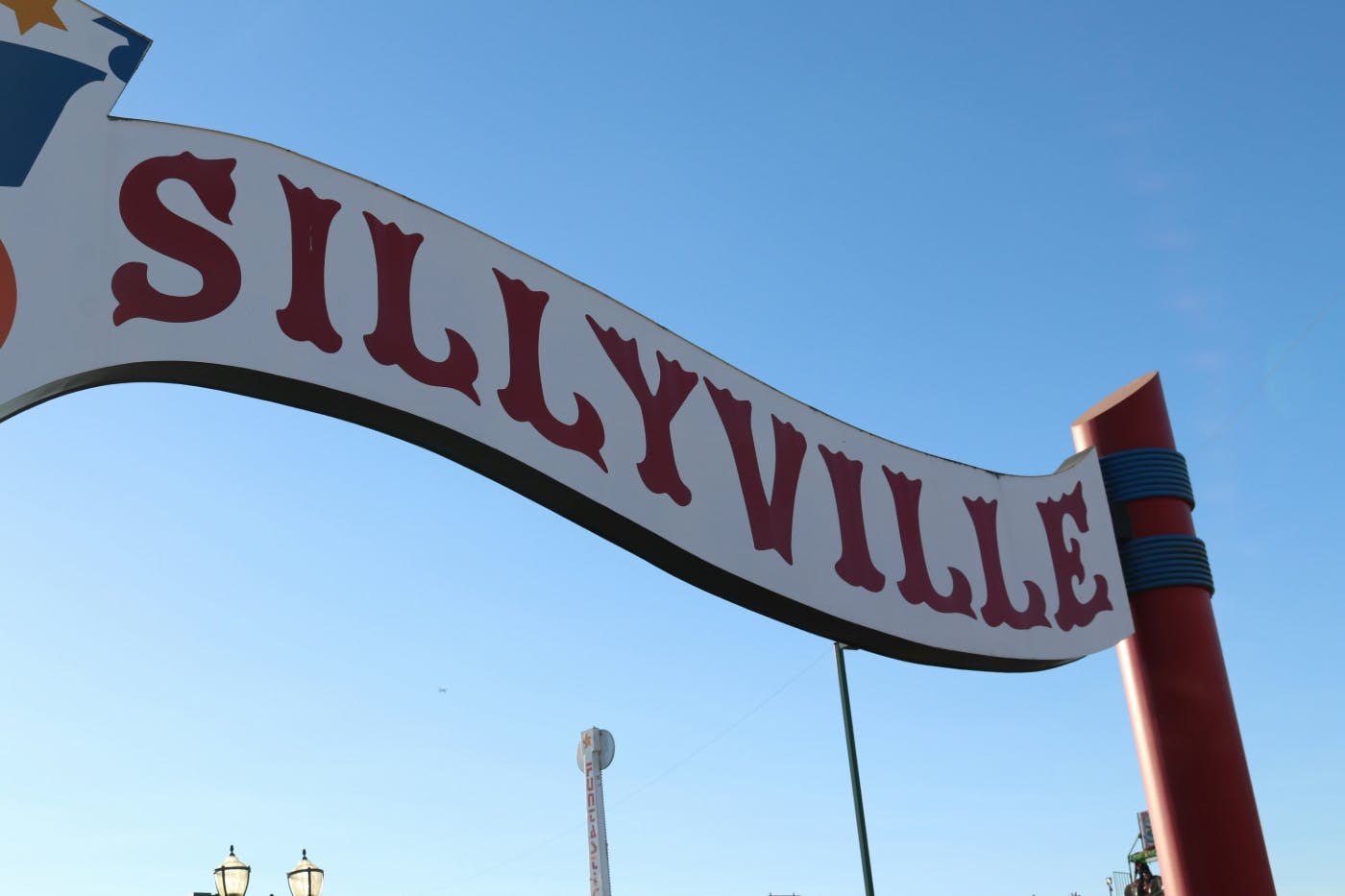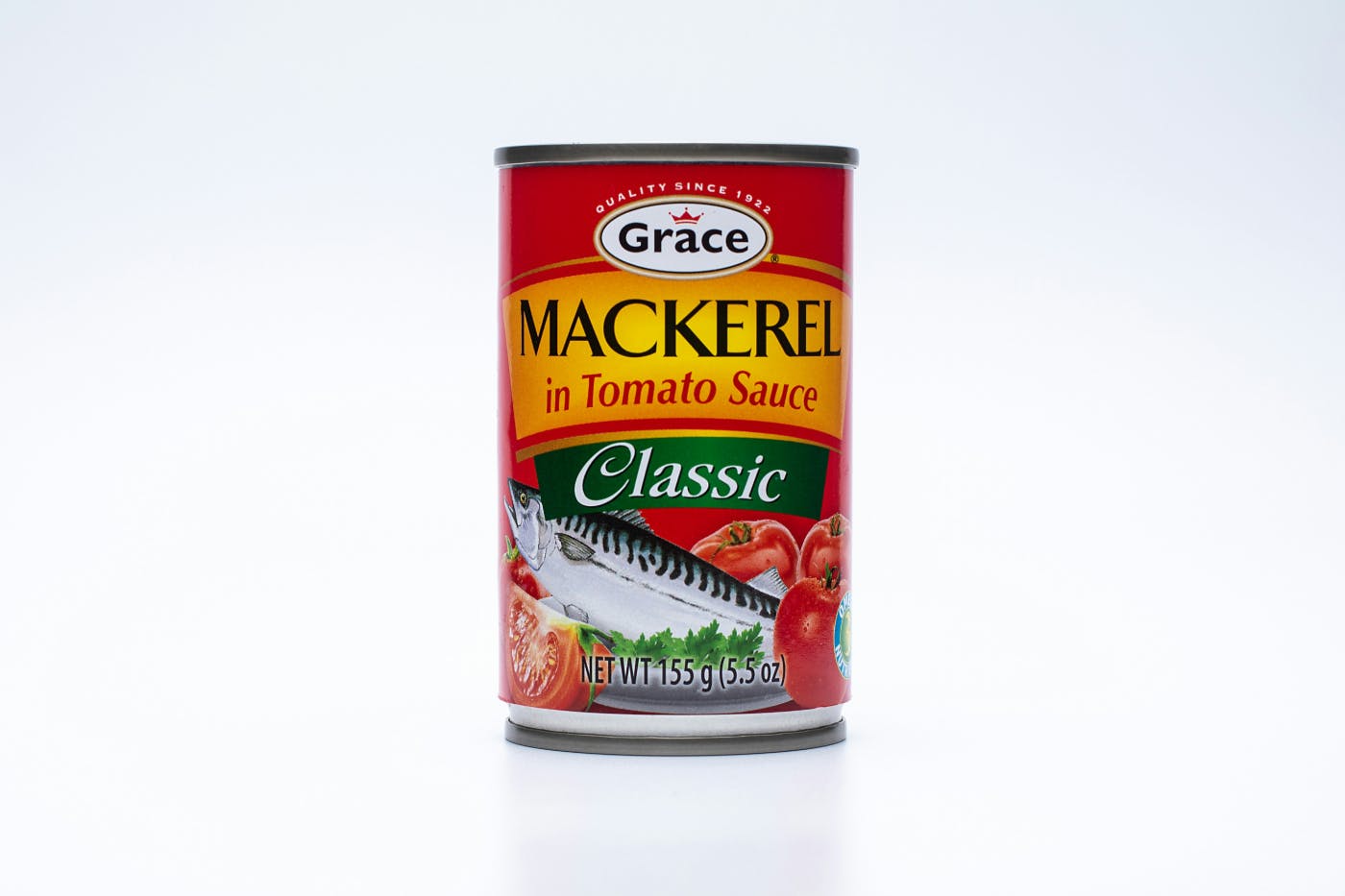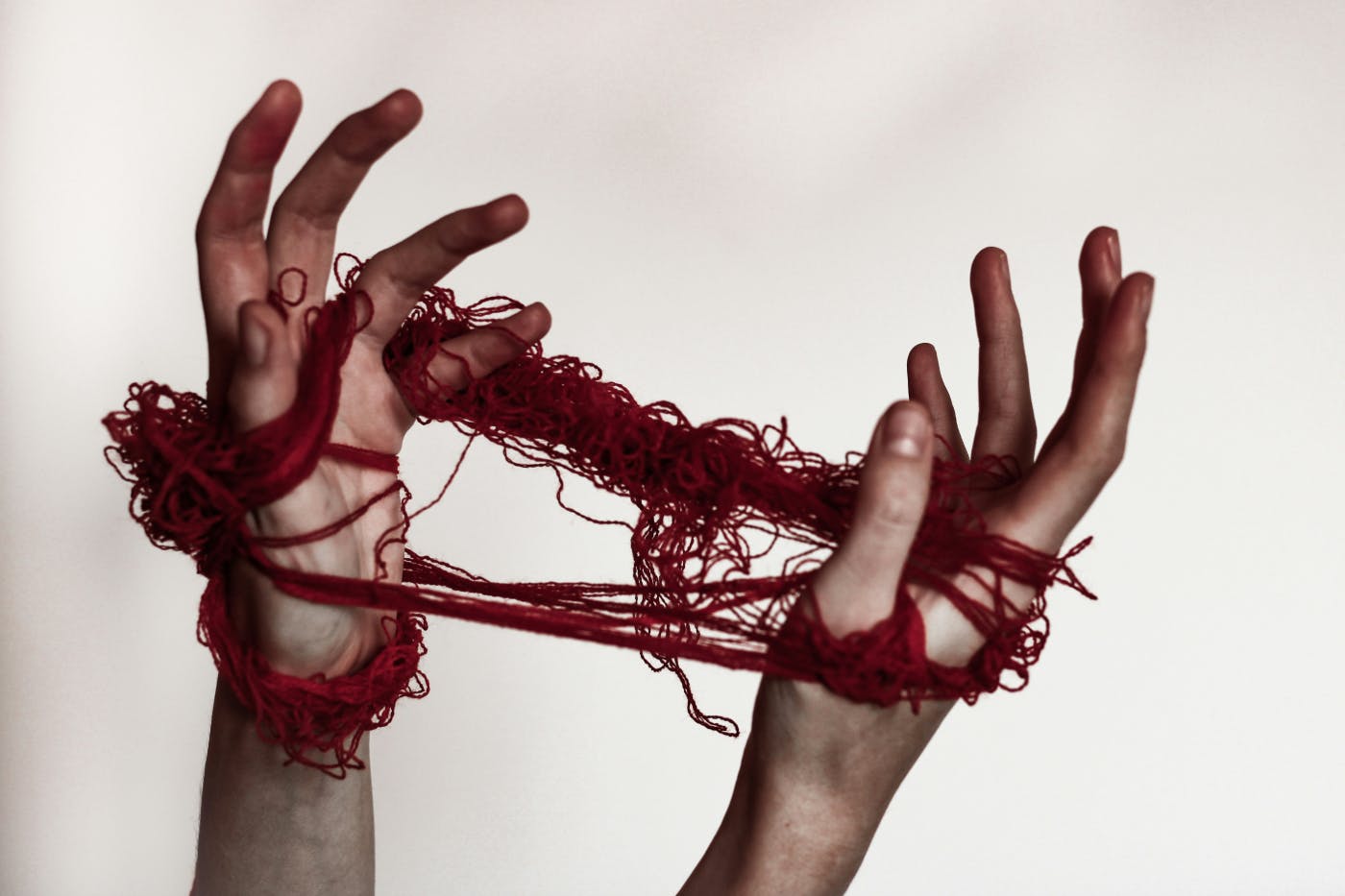
But then—sometimes—you get a glimpse of a brand making an unexpected leap, one that has you saying, Wait, what? Why would anyone think that’s a good idea?
Todd Browning’s Freak, scared the living shit out of me and it also made me weep. Such painful stories. And yet, despite that, I am always on the lookout at state and county fairs for the “Oddities”, the more PC. term for the real shows. People who can do strange things with their bodies, swallow swords, contort themselves into strange shapes, swallow car parts, and the like. You know what I’m talking about, the tent with the image of people in strange stages of development, half man, half lobster, and the crinkling soundtrack of the classic carnival barker: “Step right and see the wonders of this natural world. Is he a man or a fish? Can he really swallow 14 swords at once? See her charm one hundred deadly poisonous snakes, all here, all live, hurry, hurry, hurry.”
Why? Is the question I often ask myself. Why is this happening, why are these people on display, and mostly, why am I laying down my hard-earned dollar to see this???
And yet, I do.
This feeling of what is going on, how is this happening, follows me out of the gates, away from the midway and the farm animals, and back into real life, where I am often confronted by the same feeling. There’s a certain thrill that comes with stumbling across a product that makes you stop in your tracks and ask, Why does this exist? Maybe it’s the shock of it, or maybe it’s the realization that someone thought it was a great idea at some point. We’ve all been there—standing in the checkout line and catching a glimpse of something truly absurd. One of those things that makes you do a double-take, like KFC’s fried chicken-scented nail polish, or even Trump Steaks, which, frankly, didn’t taste any better for bearing the name. Yet, these products get marketed, they hit the shelves, and sometimes, against all odds, they even find a following. But what makes these bizarre branded items work, and why do others fall flat on their face?

Absurd Branded Items: The Weird, The Wacky, and the “Why?!”
When you think about branding, the first things that come to mind are likely sleek logos, well-crafted taglines, and products that make sense within the context of the brand’s core offering. But then—sometimes—you get a glimpse of a brand making an unexpected leap, one that has you saying, Wait, what? Why would anyone think that’s a good idea?
It’s a strange feeling, like when you spot an oddity at a state fair. You're drawn in by curiosity, yet at the same time, you can’t help but wonder, Who thought this was a good idea? And while the fair’s oddities often come with a sense of spectacle, sometimes, brands step into the realm of the absurd with products that raise the same questions.
Let’s take a look at some of the most bizarre branded products, and see what they were trying to accomplish—and whether they succeeded (or, in most cases, didn’t).
Trump Steaks
Yes, you read that right: Trump Steaks. In 2007, Donald Trump—who, at the time, was not yet president—launched his own line of steaks, positioning them as the epitome of luxury. The marketing was classic Trump—bold, brash, and high-end, with the promise of steaks that would make any backyard grill master jealous. They were sold at high-end stores like Sharper Image and online, marketed as the "world’s greatest steaks" with a premium branding to match.
But here’s the thing: the product itself didn’t stand out. Sure, they were steaks, but so are the ones at your local butcher shop—often fresher and far less expensive. Without any remarkable culinary innovation behind the brand, Trump Steaks were left relying on the branding alone, and it didn’t work. They flopped hard. Consumers didn’t care that the steaks were tied to the Trump name. They didn’t offer any compelling reason to pay a premium, and the branding itself didn’t give enough of a wow factor to carry them.
This brings us to another strange, offbeat attempt at branding that’s as confusing as it is memorable.
KFC Nail Polish
Sometimes, brands make a leap so far into the absurd that they leave us wondering whether anyone at the company stopped to ask Why—and Should we? Enter KFC’s fried chicken-scented nail polish. In 2017, KFC partnered with a cosmetic company to launch a line of edible nail polish that smelled like fried chicken. Yes, you read that correctly: a product designed to make your nails smell like fast food.
The idea was to create a novelty item, celebrating KFC’s finger-lickin’ good appeal while tapping into a whole new market. After all, we live in an era where anything can be branded—so why not make a brand extension that makes you smell like fried chicken?
While the product generated a lot of buzz (and confusion), it became clear that the connection between the KFC brand and a nail product wasn’t exactly seamless. People want to eat KFC because it’s delicious and comforting, not because their nails smell like it. The absurdity of it certainly captured attention, but it wasn’t enough to create a meaningful connection with the brand. KFC’s nail polish, though unforgettable, didn’t leave the same lasting impact as their signature chicken.
And sometimes, branding goes in a completely different direction—into the realm of beauty and cosmetics. But that doesn’t always work either.
Pepsi-Flavored Lip Balm
In 2008, Pepsi made its foray into the beauty industry with Pepsi-flavored lip balm. The idea was simple: capitalize on the massive global love for their soda and apply it to the world of cosmetics. Their theory? If people love the taste of Pepsi so much, surely they’d want to wear it on their lips too.
But as we all know, there’s a difference between something that’s refreshing to drink and something you want to wear on your face. The product was a bizarre flop. Consumers were confused and didn’t see a connection between the flavor of a carbonated drink and a lip balm product. While Pepsi had an established, powerful brand identity, this attempt to create a branded product in an unrelated industry just didn’t land. It left us all wondering whether there was really a market for soda-flavored beauty products—or if some things just shouldn’t mix.
Now that we’ve examined some of the most absurd branded products, let’s shift gears and explore why some of these wacky ideas manage to find success, even when they seem totally out of place.

Why Do Some Work?
It’s easy to look at bizarre branded products like Trump Steaks or KFC Nail Polish and dismiss them as marketing blunders. But here’s the kicker: some of these oddball creations actually work—at least to some degree. Why? Because absurdity, when done right, can make a lasting impact on consumers, spark conversations, and even generate loyalty. But there’s a fine line between genius and ridiculousness, and the products that succeed share a few common threads.
Cultural Relevance
One of the reasons some absurd products succeed is their connection to the cultural zeitgeist. Take KFC’s fried chicken-scented nail polish. At first glance, it seems like a joke, but it was actually tapping into the growing trend of novelty and viral marketing. In a world where social media dictates much of what goes viral, being unexpected can be a powerful tool.
Think about it: KFC isn’t just a fast-food chain; it’s a pop culture phenomenon. The company had built up such a strong, quirky identity that this product—however strange—aligned perfectly with their brand’s offbeat charm. By doing something unexpected, KFC got the attention of both fans and media outlets, creating a buzz that lasted well beyond the initial shock value. Whether you liked the product or not, you were talking about it, and that’s often half the battle in branding.
Nostalgia or Novelty
Another reason absurd products work is that they tap into the power of nostalgia or novelty. People love the feeling of rediscovery, the sense of re-living something from their past, or experiencing something entirely new and weird. This can create an emotional connection with the brand.
Take Coca-Cola’s “New Coke” for example. It was a complete rebranding of their flagship soda in the 1980s, and while the product was initially a failure, the backlash led to a renewed love for the original formula. The key takeaway here is that the bizarre, controversial nature of the product actually sparked a connection with consumers, who felt like they were part of something big—something memorable.
With bizarre branded items, it’s less about the product itself and more about the moment it creates. Even if Pepsi’s lip balm failed, the novelty of it got people talking about the brand in a different way. That’s something that’s hard to put a price on.
Target Audience
Sometimes, the key to success for an absurd branded product is knowing exactly who your audience is. This is where brands like Old Spice have excelled. The brand took a completely unconventional approach with their commercials—absurd, over-the-top, and filled with unexpected humor. But they knew their audience well: they weren’t aiming for a hyper-serious crowd. Instead, they embraced humor and weirdness, attracting a young, playful audience who saw the brand as more fun than functional.
Absurd products succeed when the brand knows how to play into their audience’s expectations and sense of humor. KFC knew that their customers didn’t just buy food; they were loyal to the quirky, rebellious spirit of the brand. By tapping into this, the fried chicken-scented nail polish became more of an experience than a product. It wasn’t about creating the perfect product—it was about creating a moment that aligned with the brand’s identity.
With all these factors in play, it’s clear that the key to making an absurd product work isn’t about being just bizarre. It’s about creating a connection to the brand’s story, tapping into cultural moments, and knowing the right audience. But not every absurd product is going to hit those marks, and some brands seem to miss the target entirely. So, let’s take a look at why some absurd products flop.

Why Do Others Flop?
As much as some absurd branded products find success, many others fall flat on their face. The difference between a viral sensation and a cringeworthy misfire often comes down to a few critical factors. These failures provide valuable lessons for any brand considering taking a leap into the weird and unexpected. So, what makes some of these outlandish ideas fail?
No Clear Value Proposition
One of the biggest reasons absurd branded products fail is that they don’t offer any real value to the consumer. The product may be strange or quirky, but it’s not solving a problem or enhancing the brand in any meaningful way. Take Trump Steaks, for example. The steaks were marketed as premium, luxury cuts of meat, but in reality, they didn’t stand out from the competition. Consumers could easily buy a comparable steak from their local butcher without the inflated price tag or the association with a controversial figure.
In this case, the branding was the only thing that made the product different—and that wasn’t enough. Without a compelling value proposition, there’s no reason for consumers to choose the absurd product over more practical alternatives.
Disconnection from Core Brand Identity
Sometimes, absurd products flop because they don’t align with the core values or identity of the brand. KFC’s fried chicken-scented nail polish, though certainly memorable, is a great example of a brand extension gone wrong. KFC has built its identity around food—specifically, comfort food that’s indulgent and satisfying. So when they released a product that had little to do with food (and even less to do with the enjoyment of eating), it confused their audience.
People associate KFC with its deep-fried chicken, not with beauty products. The mismatch between the brand’s identity and the nail polish offering made the product feel like a cheap gimmick rather than a clever extension of their brand. While some strange ideas can work, there needs to be a clear connection to what the brand already stands for—otherwise, it’s just a random diversion.
Missed Timing or Trend
The success of an absurd product often depends on timing. A product might be weird and funny, but if it doesn’t capture the cultural moment or trend, it can easily fall flat. Pepsi-flavored lip balm, for example, missed the mark because it wasn’t tapping into a broader trend. While novelty beauty products have their place, this one felt out of sync with the time.
If you’re going to do something absurd, it’s essential to understand the cultural landscape. Brands need to ask themselves whether the product makes sense right now, or if it’s simply an outdated or random idea that’s going to confuse rather than amuse.
Alienating the Audience
Sometimes, absurd products fail because they alienate the very audience they’re trying to attract. Think of the New Coke debacle in the 1980s. Coca-Cola tried to rebrand its flagship soda with a new recipe, but the backlash was swift and harsh. People didn’t just dislike the new formula—they loved the original one, and changing it felt like an attack on their nostalgia.
The same principle applies to absurd branding. If your audience is loyal to a brand for a specific reason, messing with that too much—even in the name of novelty—can backfire. It’s important to understand the line between quirky fun and alienation. Consumers need to feel that the brand is still theirs, even when the product seems strange or outlandish.
While absurd branded products can work when done right, the risks are high when brands fail to connect with their audience, their core identity, or the current cultural moment. But even with those challenges, there’s something undeniably exciting about brands taking risks and experimenting with the bizarre. After all, sometimes failure can be just as memorable as success.
Now that we’ve seen both the triumphs and failures of absurd branding, let’s explore the psychology behind why we, as consumers, are so drawn to the strange, the weird, and the utterly bizarre.

The Psychology of Absurd Branding
So, why do we—regular people, just trying to buy groceries—feel the urge to buy into something so absurd? Why are we drawn to these strange, oddball products that make us stop and think, What was someone smoking when they came up with this?
At its core, the appeal of absurd branding taps into several aspects of human psychology, from curiosity to the desire for social validation. When done right, absurd products don’t just surprise us—they create memorable, almost irresistible moments. Let’s break down why we’re so fascinated by the weirdest of the weird.
Curiosity and Novelty
Humans are inherently curious creatures. This curiosity has served us well throughout history, whether in exploring uncharted territories or discovering new products. When something stands out, whether it’s a product with an odd name or a brand doing something completely out of left field, our brains are wired to take notice. We want to know more.
Absurd products often offer novelty, which keeps us engaged. It’s not the same old marketing. The fact that we’ve never seen anything like it before stirs that sense of intrigue. It’s like coming across a sign at a carnival that says, Step right up and see the wonders of this natural world. We’re intrigued, we’re fascinated, and sometimes, we just have to see what’s inside—whether we like it or not.
Even if we’re not planning to buy a KFC nail polish, we might find ourselves pulling out our phones to Google it, just to get a look. The sheer novelty draws us in, and curiosity often wins.
Social Validation and FOMO
Absurd branded products have another secret weapon: the fear of missing out, or FOMO. In the age of social media, nothing makes us feel more left out than not being in on the joke or not experiencing the latest weirdness that’s making the rounds. KFC’s nail polish, for example, didn’t just sell itself on being fried chicken-scented. It sold the experience—the ability to say, “I did that. I got the weird nail polish, and I lived to tell the tale.”
When we see a bizarre product go viral, we don’t want to be the only ones not in on the trend. We want to be part of the conversation. Sometimes, it’s less about the product itself and more about the status boost from owning something quirky or unexpected.
In fact, a lot of branding these days taps into this desire for social validation. Limited-edition products, collaborations, and even strange, absurd items are designed with this FOMO factor in mind. It’s a clever psychological trick: if everyone else is talking about it, maybe I should get in on it too.
Humor and Playfulness
At the end of the day, some of these absurd products succeed simply because they’re funny. Humor, in branding, is an incredibly effective tool. It lowers the guard of consumers, makes them feel good, and helps them connect with a brand in a less serious, more lighthearted way. Brands like Old Spice, for example, have mastered the art of using humor to make their products memorable, even if the humor is as ridiculous as it is unexpected.
Absurdity in branding often plays with irony or exaggeration—think of the infamous Old Spice commercials or, well, KFC’s fried chicken-scented nail polish. By embracing humor and pushing the boundaries of what’s acceptable in marketing, brands can connect with their audience in a fun and unexpected way, making them feel like they’re in on an inside joke.
Identity and Personal Expression
And then, of course, there’s the personal connection. Sometimes, buying an absurd product can feel like a form of self-expression. It shows the world that you don’t take yourself too seriously and that you’re open to the weird, the quirky, and the downright strange. These products allow us to stand out, to define ourselves as different, even if it's just for a moment.
In a world where consumers are constantly bombarded with advertising and product choices, absurd branded items offer something unique. They give us the opportunity to express our individuality, whether by buying a pair of Pepsi-flavored lip balms just because they're weird or rocking a KFC-themed nail polish as a conversation starter.
Summing Up What We Can Learn From the Weirdest of the Weird
At the end of the day, absurd branding isn’t just about creating weird products to get people talking. It’s about creativity, risk-taking, and understanding the psychology of your audience. While not every strange branded item hits the mark, those that do can become cultural phenomena, leaving lasting impressions and driving conversations for years to come. So, what can we learn from the bizarre?
Humor in Branding
Humor, when done right, can turn a strange product into a beloved cultural touchstone. Brands like Old Spice and KFC have tapped into humor as a way to engage their audiences and create memorable moments. Humor helps brands break through the noise and become more relatable, even when they’re doing something completely unexpected. The key? Make sure the humor aligns with your brand’s personality, and never force it.
Know Your Audience
Absurd products work best when they’re in tune with the audience’s sense of humor, nostalgia, or curiosity. It’s all about knowing who your customer is and what resonates with them. For KFC, their audience is playful and loves the quirky, over-the-top nature of the brand. For Pepsi, though, launching a soda-flavored lip balm didn’t align with what their customers expected or wanted. The lesson here is simple: absurdity can work, but only if it makes sense for the people you’re trying to connect with.
Embrace Risk—But Know Your Limits
One of the biggest takeaways from absurd branding is that it encourages brands to push boundaries. Innovation and risk can lead to breakthroughs that resonate with customers. But there's a fine line between innovative and bizarre. Knowing your brand’s identity and where to draw the line is crucial. Risk without purpose or relevance to the brand can lead to a flop, but risk with creativity can be a winning formula.
Create Memorable Experiences, Not Just Products
Sometimes, it’s not about the product itself but the experience it creates. When a product like KFC’s fried chicken-scented nail polish hits the market, it’s not just a product—it’s an event. Absurd branding can turn ordinary items into cultural moments that people remember and talk about. The lesson here? Branding is about creating experiences, not just products.
The Power of the Unexpected
Finally, absurd branding works because it’s unexpected. In a world where we’re constantly bombarded with predictable marketing messages, doing something totally out of left field can be a way for brands to stand out. Consumers may not always buy the product, but they’ll remember the experience, and that’s a huge win for any brand.
Open Question:
Would you buy something completely absurd if it were tied to your favorite brand? Or do you think some things are just better left unbranded?

